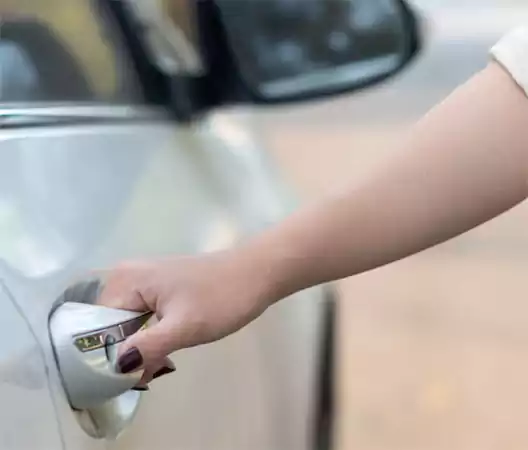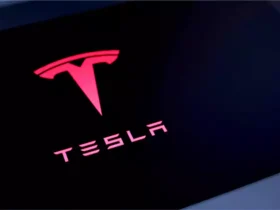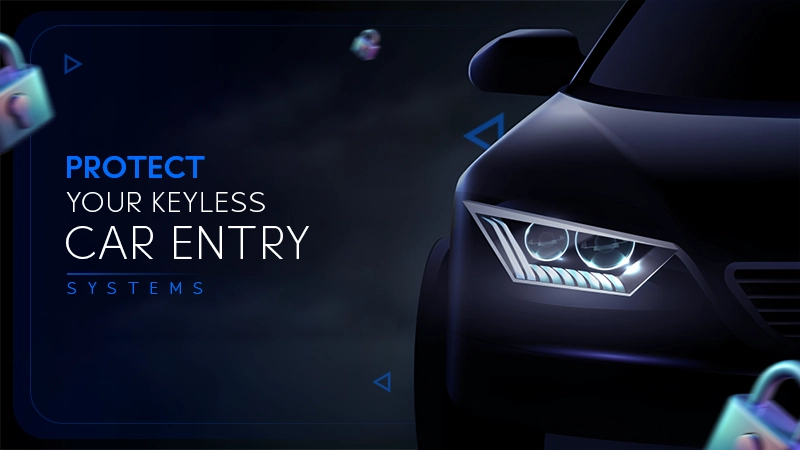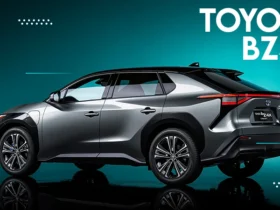Car thieves have adopted cutting-edge technology. The extremely keyless car entry systems developed to improve driver convenience have become a profitable opportunity for thieves by 2025. Armed with cheap relay devices and some technical know-how, these crooks may intercept and amplify the signal from your fob, even if it is within the bounds of your home, and drive off with your car in a few seconds.
Recent research has shown that keyless car entry systems have become a main target for attacks; regrettably, most car manufacturers have not changed to meet this growing danger. Techniques like relay, replay, and even cryptanalytic breaches help criminals to get around security systems on a great variety of vehicles, from family sedans to high-end electric cars.

Criminals use radio amplifiers to fool your car into thinking the key is nearby, even if it is safely kept within your house. Attackers can capture your unlocking signal, block it, and then use it to get access to your car later. Hackers can replicate keys by intercepting and analysing the digital handshake between the fob and the car.
Models with poor immobilizer systems, especially earlier Hyundai and Kia models, heavily shape the car theft landscape in the United States. The risks connected with contemporary keyless car entry systems. It includes those seen in Tesla and other manufacturers are becoming more and more concerning, however. Particularly susceptible to keyless entry theft, below is a ranking of the Top 10 Most Stolen Cars in the U. S. for 2024.
Especially susceptible to Bluetooth Low Energy (BLE) relay attacks, which let thieves unlock and drive away in a matter of seconds if advanced security measures like PIN-to-drive are not active, have been named the Tesla Model 3 and Model Y.
Though these models do not rank among the top ten most stolen automobiles by sheer volume, Tesla’s vulnerability is great since the attack makes use of the convenience provided by phone-as-key and BLE fobs, similar to the weaknesses observed in other brands employing BLE for entry and ignition. PIN-to-drive, available from Tesla, requires the owner to manually enable it, but it will successfully stop drive-away robberies.
















Leave a Reply